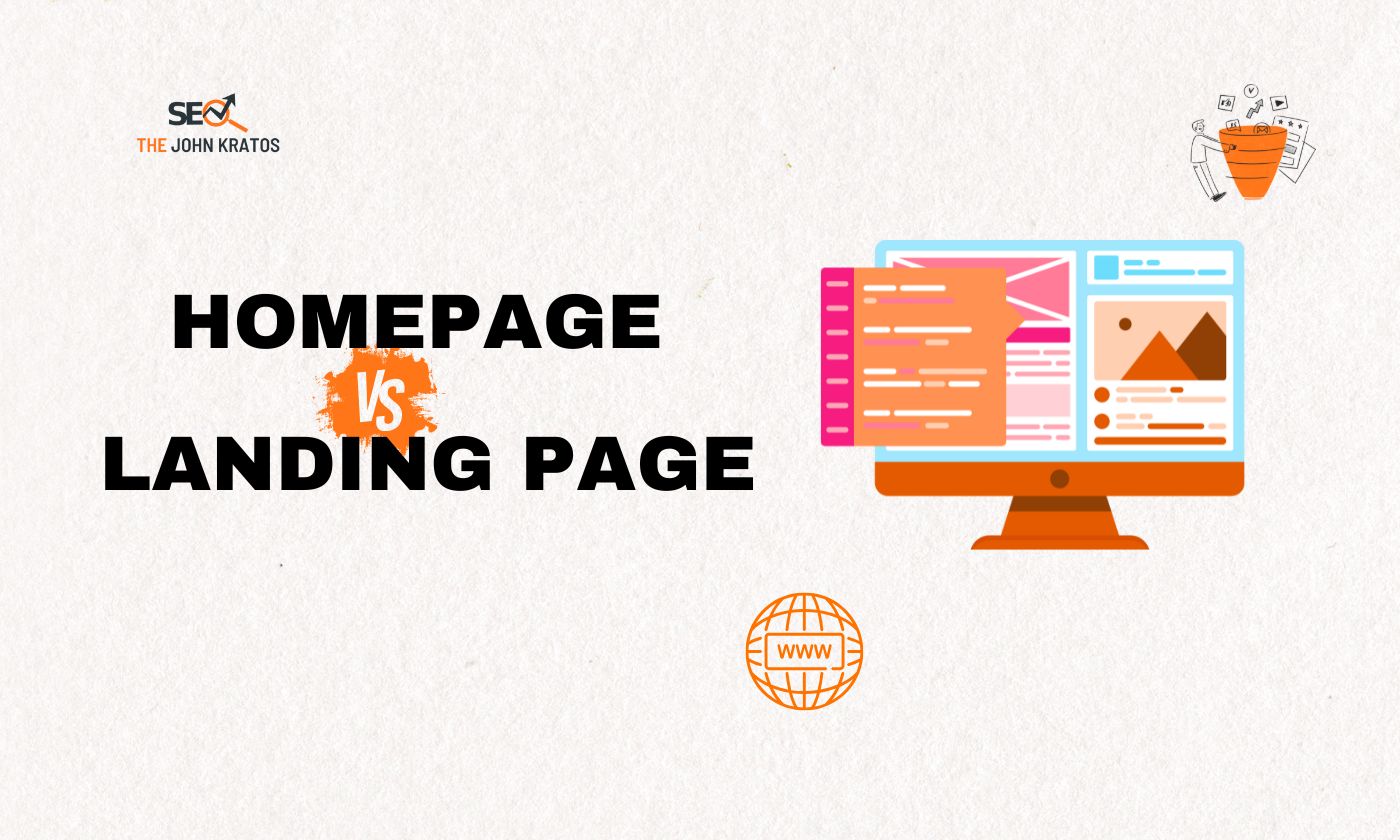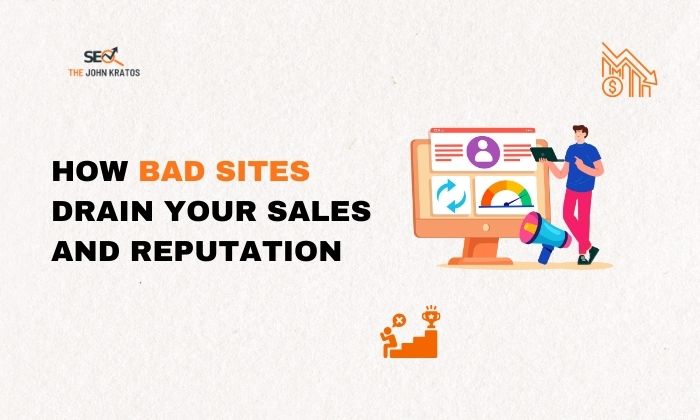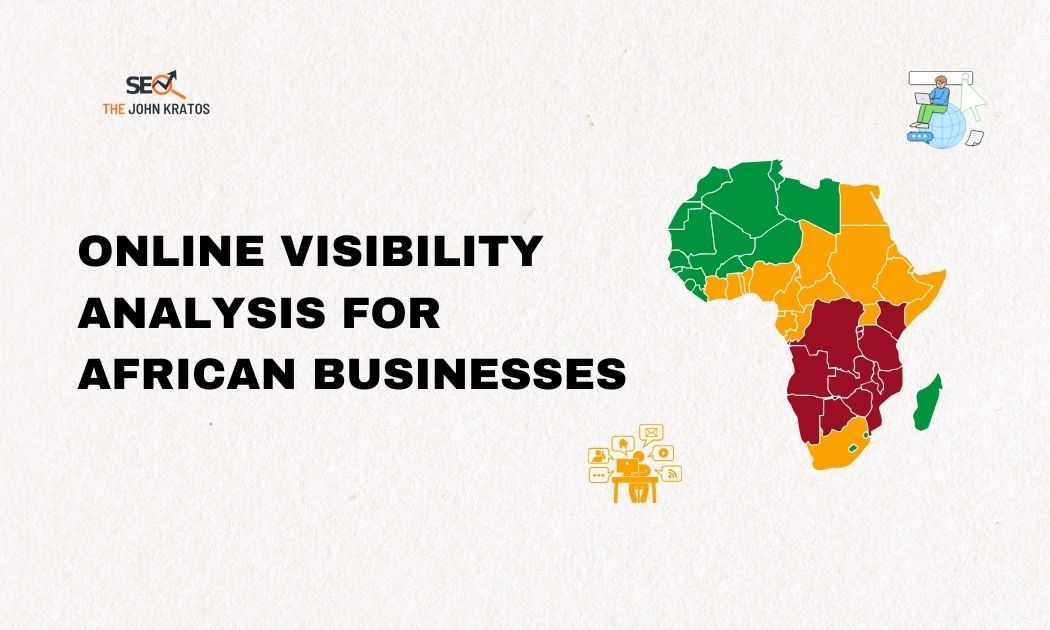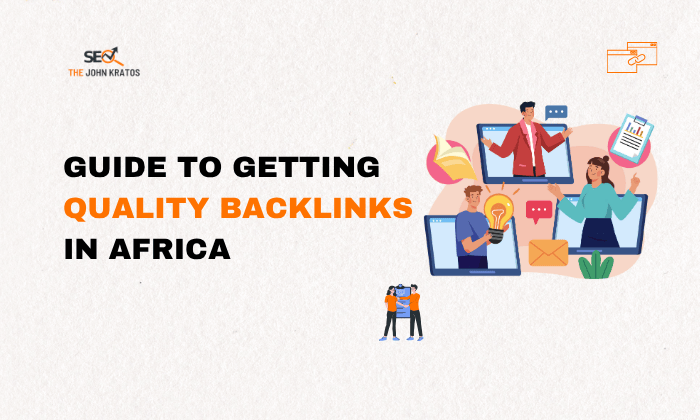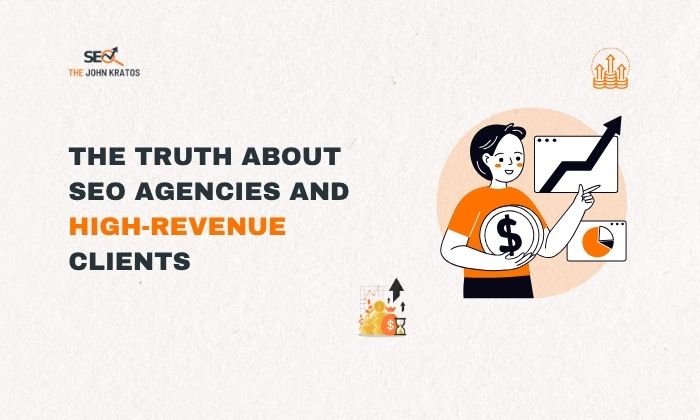If you’ve ever wondered why your website traffic isn’t turning into real sales, the answer might be hiding in plain sight: homepage vs landing page. Many brands treat them the same, but high-converting websites know there’s a huge difference, and it can make or break your online success.
For serious entrepreneurs, coaches, and SMEs (especially across Africa and beyond), understanding this difference is not just “nice to have.” It’s the foundation of conversion-focused web design, strong SEO, and building online visibility that actually brings money in.
Key Takeaways
- A homepage is broad and builds credibility, while a landing page is focused on one action and built for conversions.
- Sending ad traffic to a homepage is one of the biggest mistakes brands make it kills conversion rates.
- A landing page designed with a single CTA converts up to 202% better than one with multiple CTAs.
- African and global brands alike lose money when they blur the line between homepages and landing pages.
- Combining SEO, conversion-focused web design, and CRO makes both assets work together to drive growth.
- High-converting brands always separate awareness (homepage) from action (landing page) to avoid wasted traffic.
Table of Contents
Why the Confusion Between Homepages and Landing Pages Costs Money
Most websites in Nigeria, Cameroon, South Africa, and even in the US, Canada, or the UK share the same problem: they blur the line between a homepage and a landing page.
- A homepage introduces your brand. It’s broad, like a shop front where people can browse.
- A landing page is focused. It’s built for one purpose only: to make visitors take Action, sign up, book, or buy.
When businesses fail to distinguish between the two, they lose conversions. A homepage that tries to be a landing page feels cluttered. A landing page that tries to be a homepage feels weak. And in both cases, your traffic leaks out without converting.
HubSpot found that companies with 10–15 landing pages increase leads by 55% compared to those with fewer. (HubSpot, 2023).
The Role of a Homepage: Broad, But Essential
Think of your homepage as the “reception area” of your brand. It’s where:
- New visitors get to know who you are
- They see your services and credibility signals (testimonials, case studies, brand values)
- They decide whether to trust you or leave
But here’s the trap: many brands expect their homepage to do everything. That’s like asking your receptionist to sell, negotiate, and deliver products all at once. It won’t work.
Example: A Nigerian coaching brand I studied had a beautiful homepage with their story, blog, and contact. But they used it as the main link in all their Facebook ads. Result? Thousands of clicks, zero conversions. Why? Visitors had no single action to take.
The Purpose of a Landing Page: Focused on Conversions
A landing page exists for one goal only. Nothing else. Whether it’s:
- Booking a consultation
- Signing up for a webinar
- Buying a specific service package
Every word, every button, every design choice drives people toward that single Action.
Unbounce reported that landing pages with just one clear CTA convert 202% better than pages with multiple CTAs (Unbounce Conversion Benchmark Report, 2022).
That’s why high-converting sites build specific landing pages for campaigns instead of dumping ad traffic on a homepage.
Why High-Converting Sites Separate the Two
Here’s what successful brands understand:
- Homepage = Awareness and credibility
- Landing page = Action and conversion
They don’t try to mix them. Instead, they use SEO to make their homepage rank for brand and broad keywords, while building conversion-focused landing pages for campaigns, lead magnets, or sales funnels.
As Oli Gardner, co-founder of Unbounce, once said at the Call to Action Conference in Vancouver (2019):
“Every landing page should have one purpose. If you give people 10 choices, they’ll choose none.”
How This Impacts African Brands (and Global Ones Too)
In African markets, many businesses are still new to digital marketing. They either:
- Have no real SEO strategy
- Run ads directly to their homepage
- Or worse, expect word of mouth to drive online sales
This results in wasted ad spend and customer frustration. For example:
- A Nigerian e-commerce brand I worked with had substantial traffic from Google but poor sales. Why? They ranked for broad keywords, but didn’t have dedicated landing pages for products.
- After redesigning their product pages into high-converting landing pages, conversion rates improved by 2.7x in three months.
When to Use a Homepage vs a Landing Page
Use a Homepage when:
- Someone searches your brand name on Google
- You want to show your credibility, values, and overall services
- You’re building SEO authority around brand identity
Use a Landing Page when:
- You’re running paid ads
- You’re promoting a single service or offer
- You want measurable conversions (bookings, downloads, sales)
Common Mistakes to Avoid
- Using a homepage as your ad destination wastes clicks.
- Cramming too many CTAs into a landing page confuses visitors.
- Not optimising for SEO means no organic growth.
- Neglecting conversion-focused design, poor layout kills results.
See How TheJohnKratos Can Help You Win Online
SEO – drive visibility that brings the right traffic, not just clicks.
Web Design – built to convert, not just look good.
Content – clear, useful content that drives leads and builds trust.

How SEO Ties Both Together
Many business owners think SEO is only for blogs or homepages. But here’s the truth: SEO + landing pages = scalable conversions.
- Homepages help you rank for brand keywords and improve your general online visibility.
- Landing pages, built with SEO in mind, rank for specific service or campaign keywords (like “SEO services in Nigeria” or “conversion-focused web design in London”).
When combined with Conversion Rate Optimisation (CRO), you stop wasting traffic and start turning visibility into real revenue.
Action Steps for Brands
If you’re serious about results, here’s what you need to do:
- Audit your homepage. Is it clear, clean, and focused on trust-building?
- Create landing pages for each campaign, service, or ad channel.
- Optimise for SEO, one for broad reach, the other for targeted conversions.
- Test and refine. CRO is not a one-time job.
Conclusion: Don’t Let Confusion Cost You Sales
The difference between a homepage and a landing page is not just technical. It’s financial. High-converting brands know that each plays a different role in the customer journey. If you treat them the same, you’ll keep losing sales no matter how much traffic you get.
But if you separate them and back them with SEO, conversion-focused web design, and CRO strategies, your website stops being just a brochure and starts being a money-making machine.
And that’s exactly what I help brands like yours achieve at TheJohnKratos.


